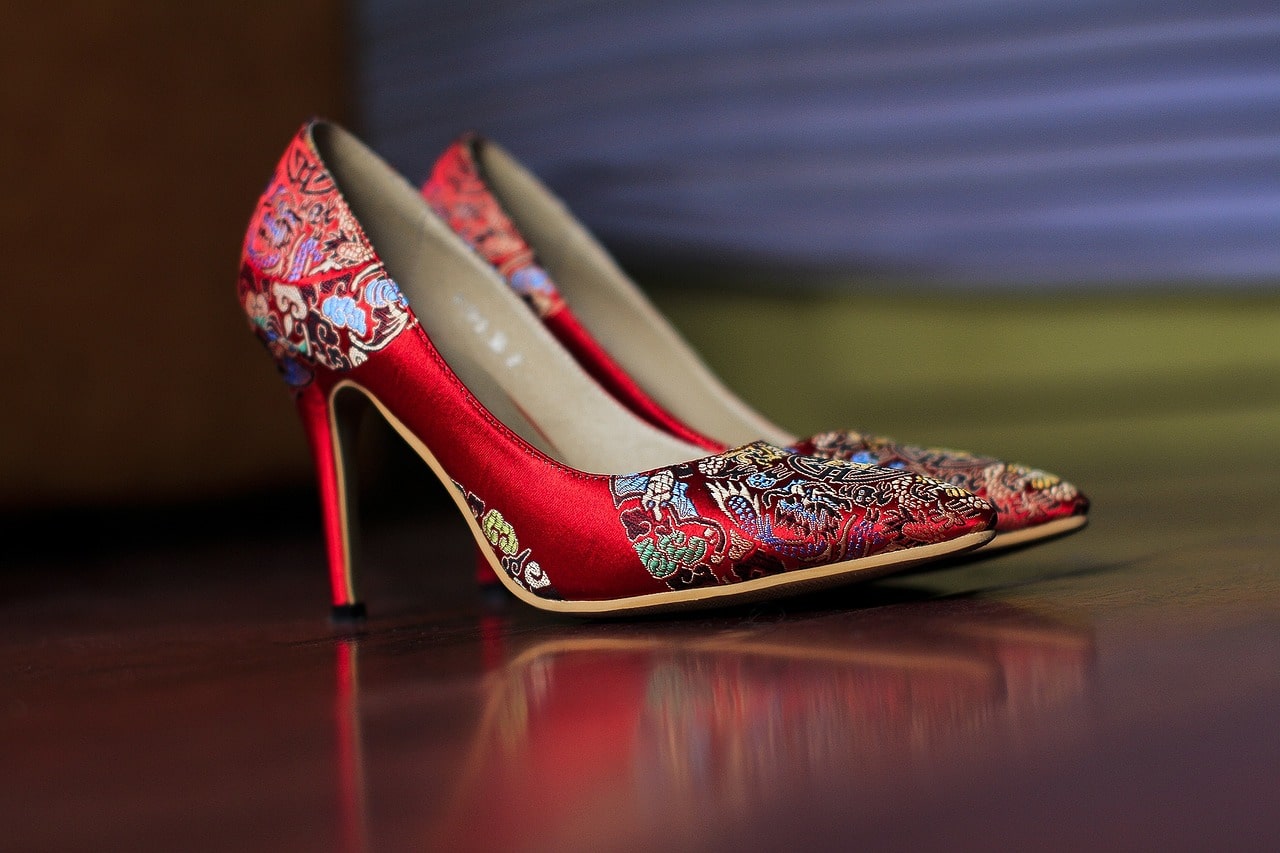Textile Tales: Stories Woven into Fabric
When we think of textiles, we often associate them with fashion, home decor, or simply as a material to keep us warm. However, there is a rich history and culture behind every thread that is woven into fabric. From ancient civilizations to modern-day society, textiles have not only served a functional purpose, but they also tell stories of human achievement, tradition, and creativity. In this article, we will delve into the intriguing world of Textile Tales – the stories that are woven into fabric.
The Art of Weaving: A Tale of Innovation
The art of weaving dates back thousands of years, with the earliest evidence found in the form of simple basketry. From there, it evolved into more complex forms using tools such as the handloom, which allowed for intricate patterns to be created. With the development of technology, power looms were introduced, enabling faster production and a wider range of designs.
But it wasn’t just about innovation – weaving also played a significant role in the economy and politics of many ancient civilizations. In medieval Europe, the textile trade was a major source of wealth, and powerful guilds controlled the production and sale of woven goods. In fact, the infamous Bayeux Tapestry, which depicted the Norman Conquest of England, was a masterpiece of textile art created in the 11th century.
The Stories Weaved into Fabric
Textiles have not only served as a means of livelihood or artistic expression, but they have also been used to tell stories and preserve cultural heritage. In many traditional societies, weaving was a form of storytelling, with each pattern and motif holding a unique significance. For example, the intricate patterns woven into Navajo rugs tell stories of their creation and the beliefs of the tribe.
In Africa, the use of Adinkra symbols in printed fabrics was originally a way of communicating proverbs and messages. Today, these fabrics are known as “Kente” and are still worn to convey traditional beliefs and values. Similarly, the Batik method of dyeing fabric in Indonesia is used to create intricate patterns that tell stories of Javanese folklore and legends.
A Symbol of Social Status
Throughout history, textiles have played a significant role in determining one’s social status. In ancient Egypt, only royalty were allowed to wear certain types of fabric, such as linen and silk, while the common people were limited to simple cotton. In medieval Europe, the sumptuary laws dictated the types of textiles and colors that could be worn based on one’s social class.
Today, luxury fashion brands such as Gucci, Prada, and Louis Vuitton use intricate and expensive textiles to create extravagant designs that are coveted by the wealthy. The use of high-quality, hand-woven fabrics is not only a sign of wealth and opulence but also a nod to the rich history of textiles.
Weaving the Future
With the rise of fast fashion and mass production, the art of hand-weaving and traditional textiles is in danger of dying out. However, there is a growing movement to preserve and promote the craft, not only as a means of economic sustainability but also to honor the cultural significance of textiles.
Organizations such as the Textile Arts Center in New York and the Crafts Council in the UK are working towards providing artists and designers with resources to learn and practice the art of weaving. In India, the revival of traditional textiles has given rise to a new wave of fashion designers who incorporate these fabrics into their collections, giving them a modern twist.
The Endless Tales of Textiles
From the earliest civilizations to the fast-paced fashion industry of today, textiles have been an integral part of human history and culture. Every thread, every pattern, and every design weaves a tale that is waiting to be unravelled. These stories not only connect us to our past but also shape our future. So the next time you see a beautiful fabric, take a moment to appreciate the Textile Tale that it holds.









